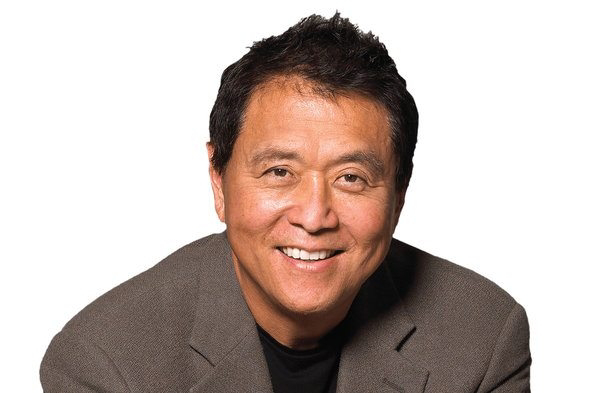Financial Management Lessons from 'Rich Dad, Poor Dad'
The book is essentially a personal finance and self-help book that uses the author's own experiences growing up with two fathers, his biological father (poor dad) and his best friend's father (rich dad), to teach readers about money management, investing, and building wealth.
Some of the key ideas in the book include:
1. The importance of financial education: Kiyosaki argues that traditional education does not teach people how to manage money and build wealth. He emphasizes the need for financial education, which includes learning about financial statements, taxes, and investing. Kiyosaki believes that financial education is the foundation for building wealth and achieving financial freedom.
2. The difference between assets and liabilities: Kiyosaki defines an asset as something that puts money in your pocket, while a liability is something that takes money out of your pocket. He encourages readers to acquire assets that generate income, such as real estate, stocks, or a business. Kiyosaki also warns against accumulating liabilities, such as a fancy car or a big house, which require ongoing expenses and do not generate income.
3. The power of passive income: Kiyosaki stresses the importance of building passive income streams, which are income sources that do not require active participation. Examples of passive income streams include rental income from real estate or royalties from a book. Kiyosaki believes that passive income is the key to achieving financial freedom because it provides a source of income that is not tied to a traditional job or career.
4. The importance of taking calculated risks: Kiyosaki argues that taking calculated risks is necessary to achieve financial success. He encourages readers to overcome their fear of failure and take action towards their financial goals. Kiyosaki believes that successful investors are those who are willing to take risks and learn from their mistakes.
Overall, "Rich Dad Poor Dad" emphasizes the importance of financial education, acquiring assets, building passive income streams, and taking calculated risks. Kiyosaki's message is that by following these principles, anyone can achieve financial freedom and independence. However, it's important to note that the book's ideas and strategies may not work for everyone, and it's important to do your own research and seek professional financial advice before making any major financial decisions.





